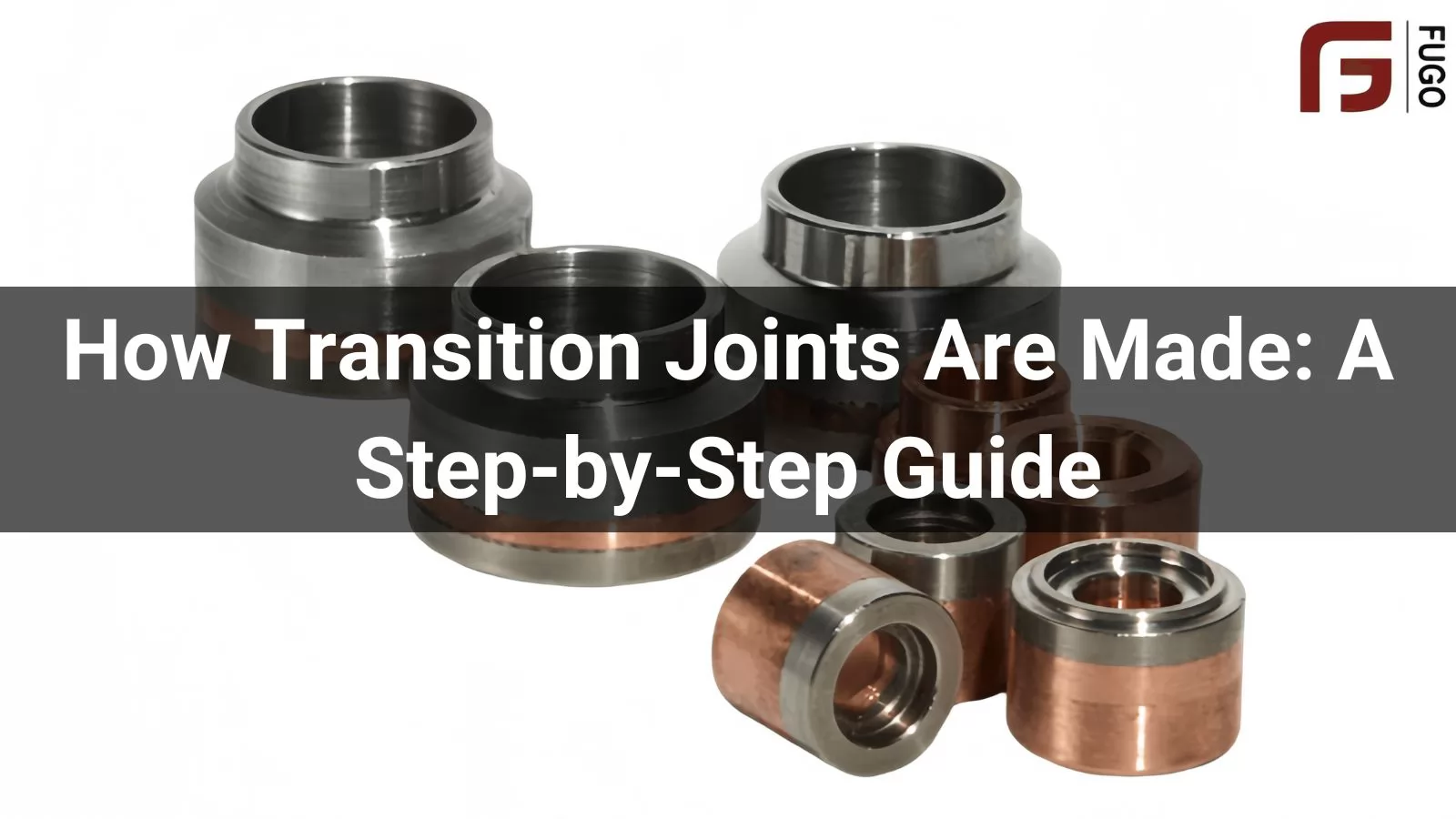


Transition joints serve as essential connectors that enable the reliable integration of dissimilar materials in various applications, including marine, aerospace, chemical processing, and power generation industries. These joints ensure strong, durable bonds while maintaining the individual properties of each material. In this step-by-step guide, we explore the process of manufacturing explosion-bonded transition joints.
Before manufacturing begins, it is crucial to define the specific requirements of the transition joint. This includes determining:
● The materials to be joined (e.g., aluminum to steel, titanium to copper, or stainless steel to nickel alloys).
● The operating conditions, such as temperature, pressure, and exposure to corrosive environments.
● The mechanical and electrical properties required for the joint’s intended application.
For example, in marine applications, transition joints must withstand saltwater corrosion, while in power plants, they must endure extreme temperatures and pressure differences.
The selection of appropriate materials is vital to ensure compatibility and long-term performance. Explosion bonding is typically used for materials that cannot be easily welded due to differences in melting points, thermal expansion rates, or chemical properties.
Common material combinations include:
● Aluminum to stainless steel (for marine applications).
● Titanium to copper (for electrical conductivity and corrosion resistance).
● Nickel alloys to steel (for high-temperature and chemical processing environments).
The selected materials must have compatible mechanical properties to withstand the explosion bonding process without fracturing or deforming excessively.
Once materials are chosen, engineers develop detailed designs and specifications for the transition joint. This includes:
● The dimensions and thicknesses of the plates to be bonded.
● The required bonding strength and surface area.
● The post-processing steps required to achieve the final product.
Before bonding, the metal surfaces must be properly prepared to remove contaminants and ensure a strong bond. This involves:
● Surface cleaning: The metals are thoroughly cleaned to remove oxides, grease, and other impurities.
● Surface roughening: Some metals require controlled roughening to improve the bonding interface.
● Stacking configuration: The metal plates are precisely aligned and positioned in a controlled environment.
Proper preparation is critical to achieving a uniform and defect-free bond.
Explosion bonding is a solid-state welding process that uses controlled explosive energy to create a metallurgical bond between dissimilar metals. The process occurs in a fraction of a second and produces a strong, durable joint without melting the materials.
After explosion bonding, the bonded plates undergo various machining and processing steps to achieve the final shape and specifications. This includes:
● Heat Treatment: Some materials require heat treatment to relieve internal stresses and improve mechanical properties.
● Cutting and Shaping: The bonded plates are cut into the required sizes and shapes using CNC machining, waterjet cutting, or other precision cutting techniques.
● Milling and Drilling: Transition joints may require additional milling, drilling, or threading to meet design requirements for specific applications.
● Surface Finishing: Grinding, polishing, and coating processes are applied to enhance corrosion resistance and improve the final appearance of the joint.
● Inspection and Dimensional Checks: Machined components are checked against design specifications to ensure accuracy and consistency.
Quality assurance is essential to verify the integrity of the transition joint. Common inspection methods include:
● Ultrasonic testing (UT): Detects internal defects and ensures uniform bonding.
● Shear and tensile testing: Measures the mechanical strength of the joint.
● Corrosion resistance testing: Evaluates the joint’s durability in harsh environments.
These tests ensure that the transition joint meets industry standards and customer requirements.
Transition joints offer a reliable solution for joining dissimilar metals while maintaining their individual properties. These joints play a critical role in ensuring the durability and efficiency of various systems in the marine, aerospace, power, and chemical industries.
If you are looking for a trusted Chinese supplier, please contact us now!



Fugo Tech is focused on the manufacturing of clad metal plate and distributes the Stainless Steel, Titanium, Nickel Alloy, Zirconium and other non-ferrous metal pipes, fittings, flanges, and fasteners.